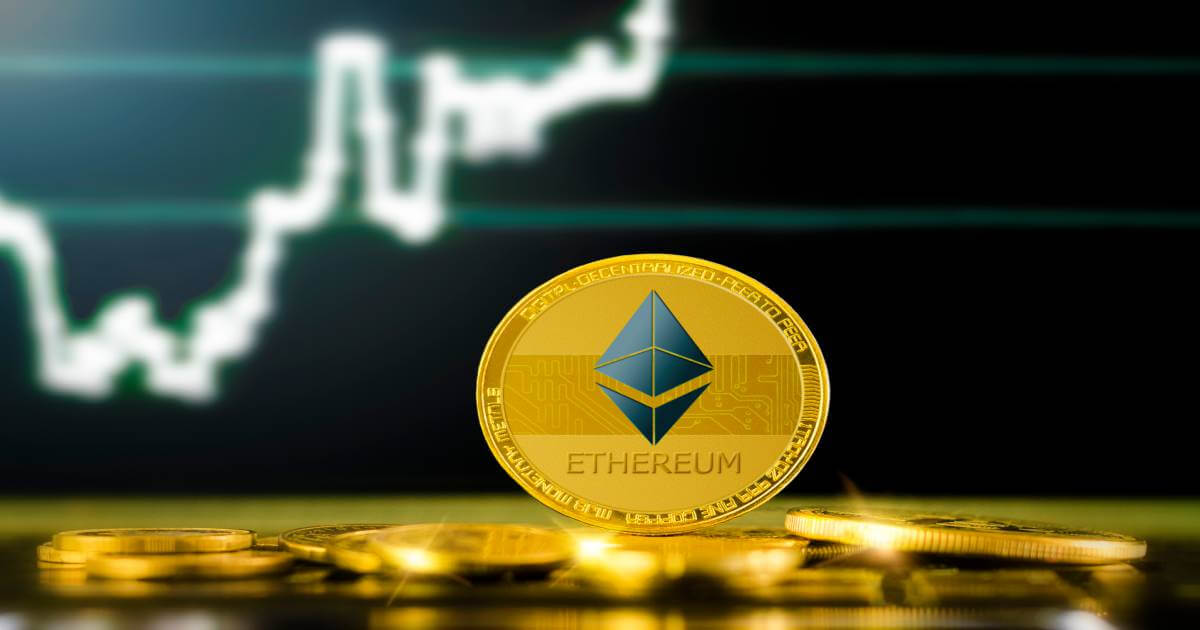Timothy Morano
Nov 19, 2025 07:09
The Ethereum Interop Layer (EIL) seeks to unify Layer 2 chains, enhancing user experience by making Ethereum feel like a singular, seamless network.
The Ethereum ecosystem is on the verge of significant transformation with the introduction of the Ethereum Interop Layer (EIL), as detailed in a proposal from the Account Abstraction team on the Ethereum Foundation blog. This initiative aims to unify the network’s Layer 2 (L2) chains, delivering a user experience that feels like a single, cohesive Ethereum.
The Challenge of Fragmentation
Ethereum’s growth through rollups has increased throughput and reduced transaction costs, but it has also introduced complexity in user interactions. Users face challenges such as identifying which chain their tokens are on, moving assets across chains, and navigating new trust assumptions with bridges and relayers. This fragmentation turns Ethereum into a collection of separate entities rather than a unified platform.
EIL’s Unified Vision
EIL seeks to address these issues by allowing users to execute cross-chain transactions with a single signature, eliminating the need for multiple integrations or reliance on intermediaries. Built on the principles of ERC-4337 account abstraction and the Trustless Manifesto, EIL maintains Ethereum’s core values of self-custody, censorship resistance, and on-chain verifiability.
Seamless User Experience
The vision for EIL includes a wallet-centric, multichain user experience. Users can seamlessly send assets, mint NFTs, and trade tokens across different rollups without worrying about the underlying chain. EIL effectively transforms wallets into universal gateways for the Ethereum ecosystem, akin to how HTTP unified internet browsing.
Preserving Ethereum’s Core Values
Despite the pursuit of a unified experience, EIL does not compromise on Ethereum’s foundational principles. It ensures that users retain self-custody of their assets, that censorship resistance is maintained, and that transactions remain verifiable on-chain. The initiative minimizes trust boundaries by keeping transaction logic within the user’s wallet and on-chain, avoiding dependence on opaque intermediaries.
Implications for the Ecosystem
The implementation of EIL as a wallet-level capability could propel the entire Ethereum ecosystem forward. By making wallets and dapps inherently multichain, it simplifies development and enhances user accessibility. Additionally, it supports the seamless integration of new rollups, fostering broader adoption and innovation within the network.
By unifying its L2 chains, Ethereum can fulfill its original promise as a global, open, and trustless world computer. The Ethereum Interop Layer represents a strategic step towards achieving this vision, making the network not only scalable but also cohesively singular.
For more information, visit the Ethereum Foundation blog.
Image source: Shutterstock
